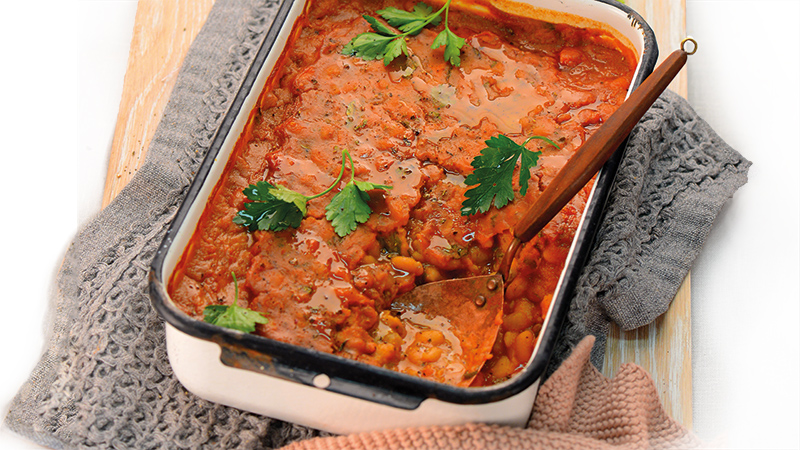
Knowledge of the GI rating of carbohydrate foods is helpful. And including at least one low GI choice at each meal will assist you. Here are some additional pointers, which relate to how you prepare and serve your food.
5 tricks you can use now
1. Always dress your salads. There’s nothing virtuous about eating them dry. Not only will a good oil boost the absorption of their antioxidants, research shows adding vinegar (or lemon juice) can drop the GI of the entire meal your salad is consumed with.
2. Add nuts/seeds in some form when eating carbohydrate foods. Their addition has been shown to dampen the blood sugar and insulin raising effect of the carbs. It doesn’t matter how you do it. For example, spread peanut butter on your bread, make a tahini based cream sauce for your pasta or grind up walnuts and toss through tenderly cooked grains.
3. Use adequate amounts of a good oil in your cooking e.g. extra virgin olive oil, as fat drops the GI of a meal. As a guide, use 1 tablespoon per cup of veggies. To emulate a healthy Mediterranean diet, aim for 4 tablespoons per day for yourself in total.
4. Feature legumes as your ‘meat from the soil’. Beans of all sorts have the lowest GI of any food group. Unlike meat, which can increase insulin levels, legumes lower both glucose and insulin levels with far-reaching benefits, even to the next meal.
5. Use mostly intact, cracked and rolled forms of grains and don’t highly process any carb foods, such as potato. Finely milled flour, even when wholemeal, has a high GI due to the increased surface area of the food form. That’s why it’s important to add seeds and cracked grains to bread to drop its GI. Avoid puffed and extruded grain products, even if they’re low fat and they look brown—they are high GI.
Low GI eating is a byproduct of favouring minimally processed plant foods, as nature intended.
Home-style baked beans
(See photo at top of article.) A perfect dish to whip up on the weekend for a busy week ahead. Legumes are low GI and their prebiotic fibre helps fill your hungry kids!
Preparation Time: 15 minutes | Cooking time: 90 minutes | Serves: 8
Ingredients
- 3 cups (590 g) Great Northern Beans, soaked overnight in water
- ½ cup extra virgin olive oil
- 2 onions, chopped
- 1½ tsp salt
- Freshly ground pepper, to taste
- 1 tbsp ground paprika
- 2 tbsp tomato paste
- 1 medium carrot, diced
- 1 stalk celery, chopped
- ¼ cup lemon juice
- 1 tsp dried oregano
- 2 tbsp chopped parsley
Method
- Rinse soaked beans with water and set aside.
- Heat oil in base of pressure cooker and sauté onions for about 10 minutes until translucent.
- Stir in salt, pepper, paprika and tomato paste and cook for 10 seconds.
- Add carrot, celery, beans and 3½ cups of water. Mix well and cover with lid then bring to pressure. When at full pressure, turn down heat to very low and cook for 8 minutes.
- Remove from heat and allow for natural pressure before opening lid. (Alternatively, cook conventionally by boiling for about 60 minutes or until beans are tender, adding 2½–3 cups extra water, depending on evaporation, so beans don’t run dry.)
- Pre-heat oven to 180°C.
- Transfer contents to a baking dish approximately 30 cm × 24 cm and stir in lemon juice, oregano and fresh parsley.
- Bake in oven for 40 minutes until top is lightly browned.
- Serve with fresh salad. Note: stores well in the fridge for up to five days.
PER SERVE: Energy 1081 kJ (258 cal). Protein 17 g. Fat 15 g. Saturated fat 2 g. Cholesterol 0 mg. Carbohydrate 5 g. Fibre 17 g. Calcium 154 mg. Iron 4.7 mg. Sodium 488 mg.








